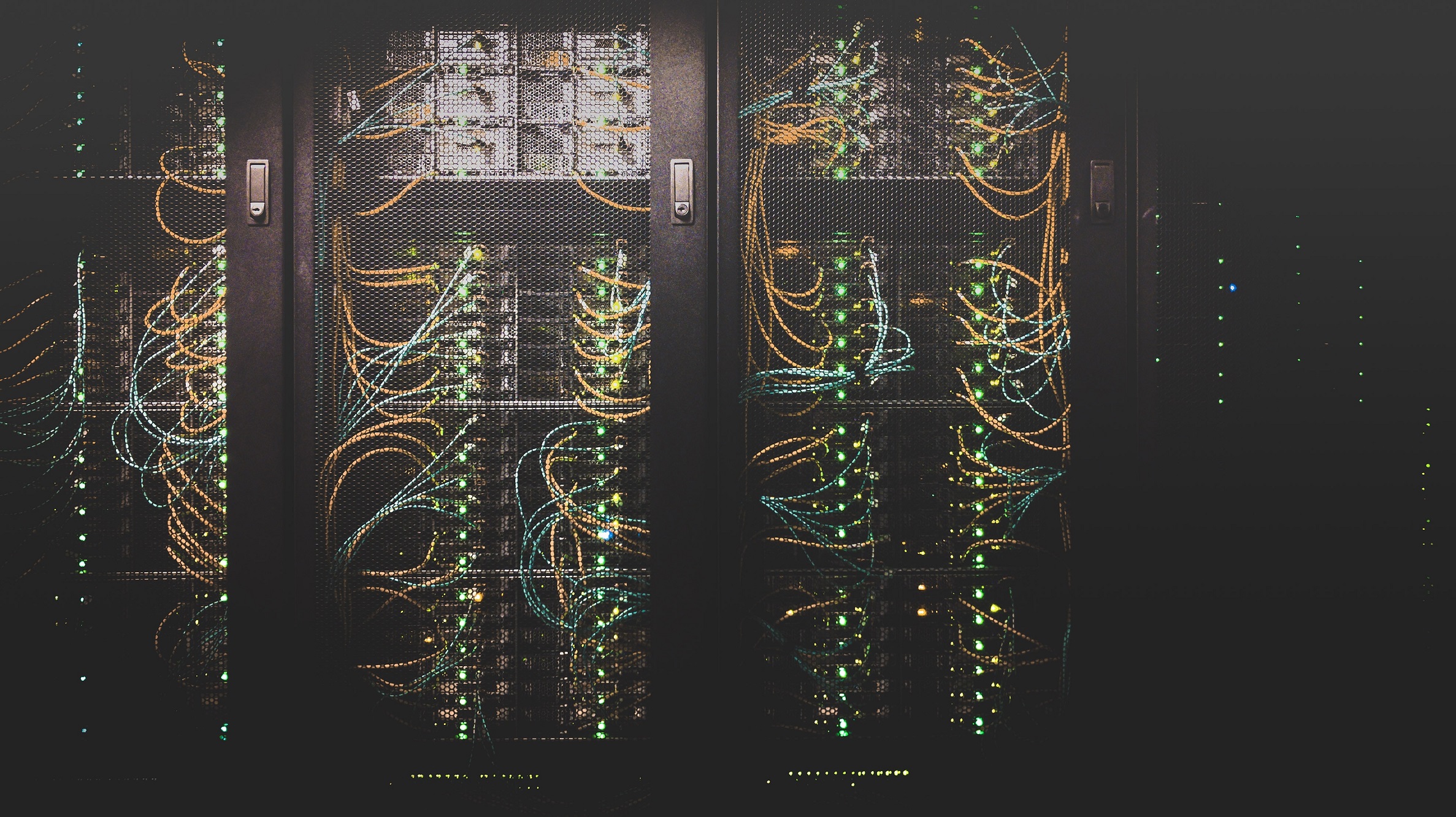At its core, blockchain technology provides transparency for proving claims of identity, origin, custody, and ownership in a variety of applications.

At its core, blockchain technology provides transparency for proving claims of identity, origin, custody, and ownership in a variety of applications.

A bit
About us
Founded in 2021, Decentral Systems aims to bring a professional network of people and organizations to build Ethiopia's future by raising awareness on blockchain technology and the utilization of cryptocurrencies.
Join our community
We're calling on all technology enthusiastsMAJOR AREAS
OF VALUE PROPOSITION

OUR APPROACH
Our Driving Objectives
Use cases exploration
We explore opportunities currently available that can integrate blockchain and cryptocurrency technology
Smart Contract Development
Driving the development of solutions to existing industry problems using Ethereum, Cardano Hyperledger
Blockchain Research
We carry out research on the blockchain technology industry’s policy, plans and behavior in order to improve and further the capacity of Kenya’s blockchain technology industry.
Crypto Insights
Updating out community on timely crypto market insights, news and investment ideas.
Blockchain path
Blockchain Generations

First Gen Blockchain
Bitcoin: the first real use case of blockchain technology and its main purpose is as a financial application.

Second Gen Blockchain
Ethereum: The innovative smart concept of smart contracts. These are very clever self-executing agreements made between two parties.

Third Gen Blockchain
Cardano, solving problems related to scalability, interoperability, and sustainability on cryptocurrency platforms.

But then again,
What is Blockchain?
A blockchain is a growing list of records, called blocks, that are linked together using cryptography. Each block contains a cryptographic hash of the previous block, a timestamp, and transaction data (generally represented as a Merkle tree).
The timestamp proves that the transaction data existed when the block was published in order to get into its hash. Blocks contain the hash of the previous block, forming a chain, with each additional block reinforcing the ones before it.
Therefore, blockchains are resistant to modification of their data because once recorded, the data in any given block cannot be altered retroactively without altering all subsequent blocks.






